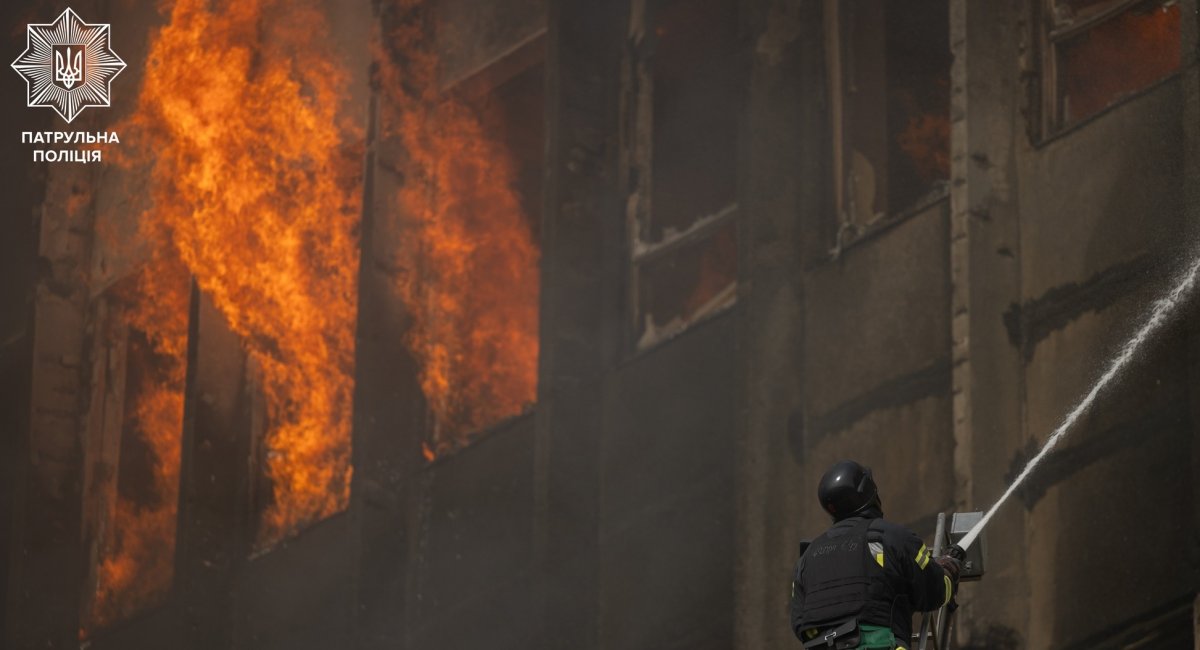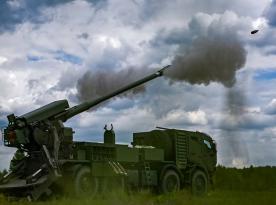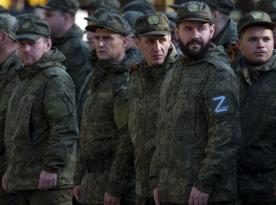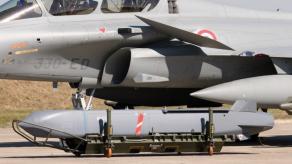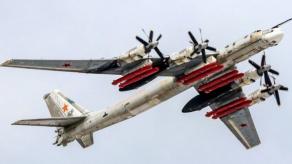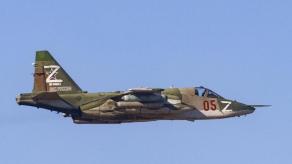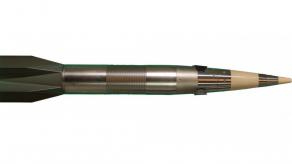On March 21, 2024, russia conducted its first major long range aviation strike against Ukraine in over a month. The strike force included at least 10 Tu-95 aircraft operating from Olenegorsk and Engels airbases as well as MiG-31 fighters. At least 20 missiles (including russia’s premier Kh-101 air launched cruise missile and the Kh-47M2 air launched ballistic missile) were launched, targeting locations primarily in Kyiv. It had been 44 days since the previous aviation strike on Kyiv, according to the UK Defense Intelligence.
It is a realistic possibility that the month-long pause in long range aviation strikes was due to aircraft fleet management and planning issues. Sanctions have likely restricted russia’s ability to access key components for both aircraft and missiles alike. Continued Ukrainian air defense successes have also likely complicated russian mission planning.
Read more: All Kh-101, Kinzhal, Iskander, or Even North Korean KN-23 Missiles Fired by russians at Ukraine’s Capital Were Shot Down
Russia will almost certainly continue strikes against critical locations as aircraft, crews and weapon stocks allow, attempting to maintain pressure on the Ukrainian government and population via its stand-off strike capability. This is symptomatic of a prolonged campaign where tactical air, such as fighter aircraft and helicopters, continues to have limited impact on the overall war.
Read more: The Armed Forces of Ukraine Destroy 92 Targets: 55 Shahed Drones and 37 Missiles




